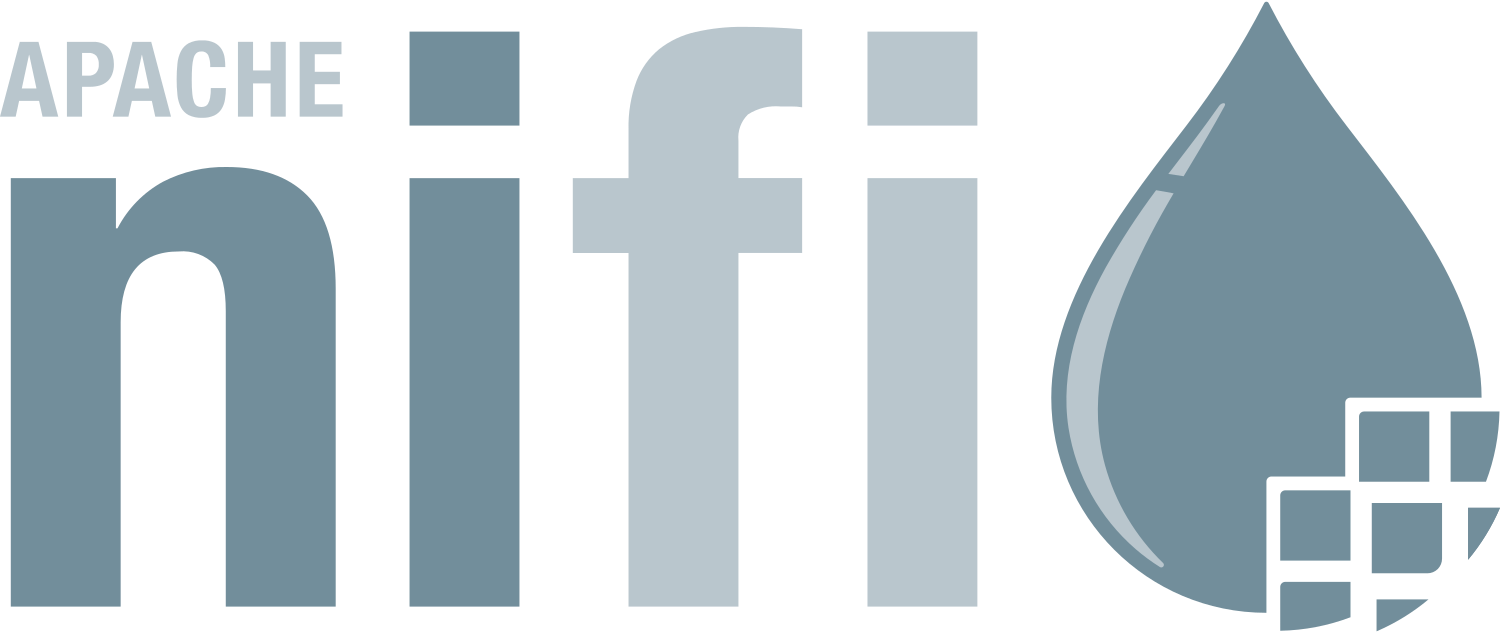Tools delivering on the dynamic and complex needs of financial services, including the capacity to adeptly manage and analyze high-dimensional datasets, are a pivotal competitive advantage.
The sheer volume and intricacy of financial data, encompassing high-frequency transaction records, multi-dimensional risk assessment models, and beyond, challenge the capabilities of conventional data management systems.
This is where your toolkit of financial data tools as a data scientist comes into play. You need to offer advanced capabilities to master the sophisticated landscape of financial data.
What are we at Sakura using? Here is a spotlight on some of those tools that can revolutionize data management and analytics for the financial industry data scientist.
The Critical Need for Advanced Financial Data Tools
Daily, the financial markets produce a staggering amount of data, marked by its high dimensionality and the imperative for swift processing and analysis.
Advanced financial data tools, adept at storing, querying, and manipulating multi-dimensional array data, stand as the optimal solution to these challenges.
From enhancing portfolio strategies and executing complex risk simulations to ensuring regulatory compliance, these tools provide the essential infrastructure for sophisticated analytics in finance.
Leading Tools Tailored for Financial Data
From open-source to propriety, there a a variety of tools designed for the nuanced management of tensor-like data structures, each offering unique benefits to the arena of financial analytics.
Below, is an outline how some of these tools can be harnessed to tackle specific challenges faced by data scientists in finance:
- TileDB, A Multifaceted Platform for Market Data: TileDB shines in its ability to manage diverse and voluminous financial datasets, including intricate time series data from global markets. Its cloud-native framework and proficiency in handling both sparse and dense arrays render it an exemplary platform for storing historical trading data, optimizing storage, and facilitating rapid access for analysis, back-testing trading strategies, and adhering to regulatory mandates.
- PrestoDB, Interactive Analytics Across Diverse Datasets: Though not traditionally classified under tensor tools, PrestoDB is a distributed SQL query engine optimized for interactive analytics on large datasets. Its real-time querying capability across multiple data sources renders it invaluable for financial analytics, enabling on-the-fly analyses of market data, integration of trade logs, risk models, and customer databases to inform strategic decisions.
- TensorFlow Libraries and Add Ons, Pioneering Predictive Analytics: Renowned for its deep learning prowess, TensorFlow’s ecosystem also encompasses tools like TensorFlow Datasets (TFDS) and TensorFlow I/O, which are instrumental in preprocessing and managing financial data. These tools are crucial for developing predictive models to forecast trends, evaluate credit risk, and refine algorithmic strategies, leveraging deep learning to distill insights from multi-dimensional financial datasets.
- Dask, Real-Time Analytics with Parallel Computing: Dask, with its Python-native parallel computing capabilities, is tailor-made for processing large financial datasets that exceed traditional memory limits. Its seamless integration with Python’s data science stack renders it indispensable for real-time analytics, empowering financial institutions to analyze streaming data, conduct risk assessments intraday, and implement high-frequency strategies effectively.
- Zarr, Optimizing Historical Data Storage : Zarr specializes in the efficient storage of chunked, compressed, N-dimensional arrays, catering to financial institutions with extensive historical datasets. Its compatibility with high-performance computing and cloud storage solutions makes it especially suitable for strategy back-testing and comprehensive financial research and analysis over the long term.
- Apache Arrow, Facilitating Data Interoperability: Apache Arrow offers a unified framework for efficient data interchange and analytics across various financial systems and programming languages. Its columnar memory format is designed for quick operations on high-dimensional data, meeting the demands of real-time analytics and decision-making, risk management, and financial reporting.
Integrating Advanced Tools into Financial Data Science Workflows
Incorporating these advanced tools into financial data science projects necessitates a strategic understanding of their capabilities relative to the specific requirements of financial analytics. Whether the goal is to optimize algorithms, manage risk, or ensure regulatory compliance, the choice of tool depends on the data’s nature, the computational demands of the analytics, and the scalability needs of your organization.
For example, firms focused on high-frequency trading might favor Dask and TileDB for their proficiency in handling real-time, voluminous market data, whereas PrestoDB’s capacity for interactive analytics across various data sources could be pivotal for comprehensive market analysis. Conversely, Zarr and Apache Arrow may be indispensable for entities requiring efficient storage for historical data and seamless interoperability between different data systems, respectively.
Transform Your Data Strategy
The distinctive challenges of managing financial data in today’s fast-evolving landscape necessitate the adoption of innovative solutions.
The advanced financial data tools outlined here, empower data scientists to achieve unprecedented levels of efficiency, accuracy, and insight in their analytics, propelling financial institutions to new heights in an increasingly data-centric world.
Ready to elevate your financial analytics game? Dive deeper into how advanced financial data tools can transform your data science projects. Contact our team and start harnessing the power of sophisticated data management and analytics solutions tailored for the financial industry.




